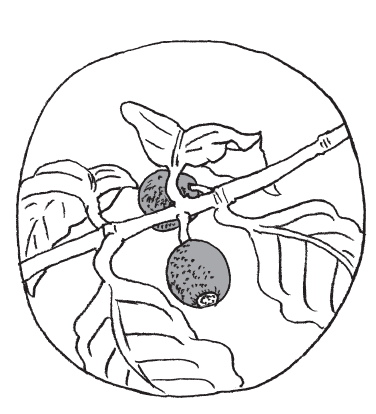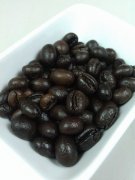What are the naming rules for commercial comprehensive coffee names? -"Scientific interpretation of the Secrets of Coffee"

For professional baristas, please follow the coffee workshop (Wechat official account cafe_style)
The name of the commodity is an important basis for consumers to judge when they choose and buy. if it causes misunderstanding, it will cause great problems.
When using a trade name, we must first investigate whether there is any infringement on other people's trademark rights. In addition, according to the Fair Competition regulations on the labelling of General concentration Coffee and Instant Coffee, the name of Composite Coffee must meet the following conditions.
To add the origin of raw beans to the trade name, the commodity must contain more than 30% of the coffee from that origin (converted to raw beans). For example, if it is named "Kenyan mixed Coffee" and the raw beans prevail, the product must use more than 30% Kenya beans (according to the specifications of the Japan Coffee and Beverage Association, liquid coffee must account for more than 51%). However, the proportion of Kenya beans does not have to be the highest, and the weight ratio of baked beans is fine even if it is less than 30%.
In addition, according to the definition of the all-Japan Coffee Fair Trade Agreement, raw materials must be used for specific trade names (some examples are given on the next page). Special attention should be paid to this part.
Take "charcoal roasted mocha mixed coffee" as an example, if the heat source when baking is used as the trade name, other heat sources cannot be used when roasting coffee beans. Under this principle, it is necessary to use more than 3 ○% (raw beans) of mocha roasted by charcoal fire (Ethiopia or Yemen), as well as charcoal roasted coffee from other places. In addition, if the name of the raw material other than coffee (such as soybeans or dandelions) is added to the trade name, or the words "the highest level" are added without objective basis, it is improper marking.
* Editor's note: issued by Japan's National Fair Trade Agreement, data source www.jfftc.org/cgi-bin/data/bunsyo/A-23.pdf (full text is not finished, please see this book)
Important Notice :
前街咖啡 FrontStreet Coffee has moved to new addredd:
FrontStreet Coffee Address: 315,Donghua East Road,GuangZhou
Tel:020 38364473
- Prev
Decaf coffee is good or bad "Swiss water treatment method"
Decaf coffee is difficult to evaluate because decaf coffee processed with real fine beans is not common in the market, and its roasting and brewing requirements are different from ordinary beans, so it is easy to make mistakes, so the taste is difficult to judge. The only one that impressed me was in California a few years ago. After drinking it, I felt empty and boring, like baked bread and steamed fish. now
- Next

Why is there oil on the surface of roasted coffee beans? "interpreting the Secrets of Coffee with Science"
Professional baristas Please pay attention to the coffee shop (Wechat official account cafe_style) coffee beans look shiny on the surface, which comes from the lipids in the beans themselves. Arabica coffee beans contain nearly twice as many lipids as Congolese coffee beans, so Arabica seeds are more likely to produce oil if they are roasted at the same degree. The special emphasis here is that "the same degree of baking is due to
Related
- Beginners will see the "Coffee pull flower" guide!
- What is the difference between ice blog purified milk and ordinary milk coffee?
- Why is the Philippines the largest producer of crops in Liberia?
- For coffee extraction, should the fine powder be retained?
- How does extracted espresso fill pressed powder? How much strength does it take to press the powder?
- How to make jasmine cold extract coffee? Is the jasmine + latte good?
- Will this little toy really make the coffee taste better? How does Lily Drip affect coffee extraction?
- Will the action of slapping the filter cup also affect coffee extraction?
- What's the difference between powder-to-water ratio and powder-to-liquid ratio?
- What is the Ethiopian local species? What does it have to do with Heirloom native species?

